A chemical that we routinely shake onto our food may point researchers to new targets for drug therapy. A study by Professor Scott Prosser, a specialist in molecular biophysics at U of T Mississauga, reveals how salt ions can impact cell signalling and could even point to new drug targets.
Your vision, sense of smell and the plethora of emotions you experience on a given day are all masterfully regulated by a family of protein receptors called GPCRs (G protein-coupled receptors). These receptors are complex molecular machines that are switched on by light, small hormones, odorants, and other signals. But GPCRs are also regulated by other factors in the cell – namely, salts.
“Now that high-resolution molecular images of GPCRs are becoming more readily available, new research reveals where these salt ions bind and how they change the response of receptors in almost every facet of cell signalling,” says Prosser, a professor in the Department of Chemical & Physical Sciences. “Many labs are now taking aim at these cation pockets with drugs that displace the salts and hijack signalling.”
In a paper appearing in the journal Nature Communications, Prosser and his collaborators reveal their findings on how salt ions slow down or speed up the action of GPCRs in cell signaling. In this study, a technique called NMR (nuclear magnetic resonance) provided a way of identifying states of the receptor that were “on”, “off” and somewhere in between.
According to Prosser, there are binding pockets (“cation pockets”) for ions such as sodium and magnesium—and when engaged, these modify how the molecules signal. The detailed NMR observations on both the receptors and on the salts themselves provide new insights into their mechanism of action but also into new ways of targeting GPCRs.
Funding for this research was provided by the Natural Sciences and Engineering Research Council of Canada, the Canadian Institutes of Health Research, the Canada Excellence Research Chairs program, the U.S. Department of Energy Laboratory Directed Research and Development office, the National Science Foundation, the National Institute of General Medical Sciences, CREST, Japan Science and Technology Agency, the Extreme Science and Engineering Discovery Environment and the Canada Foundation for Innovation.


